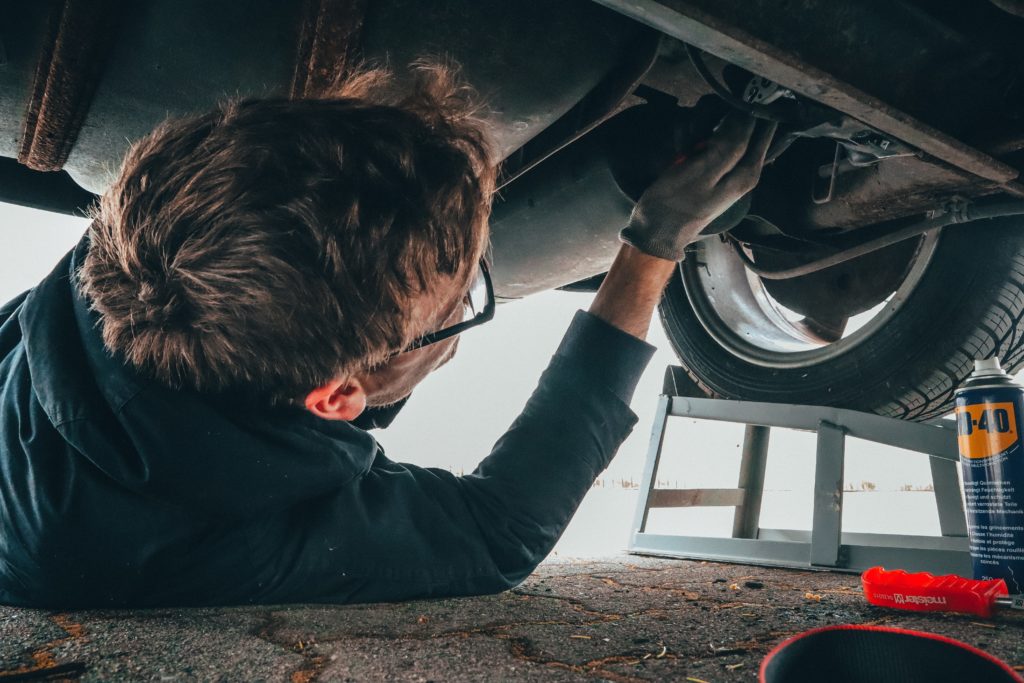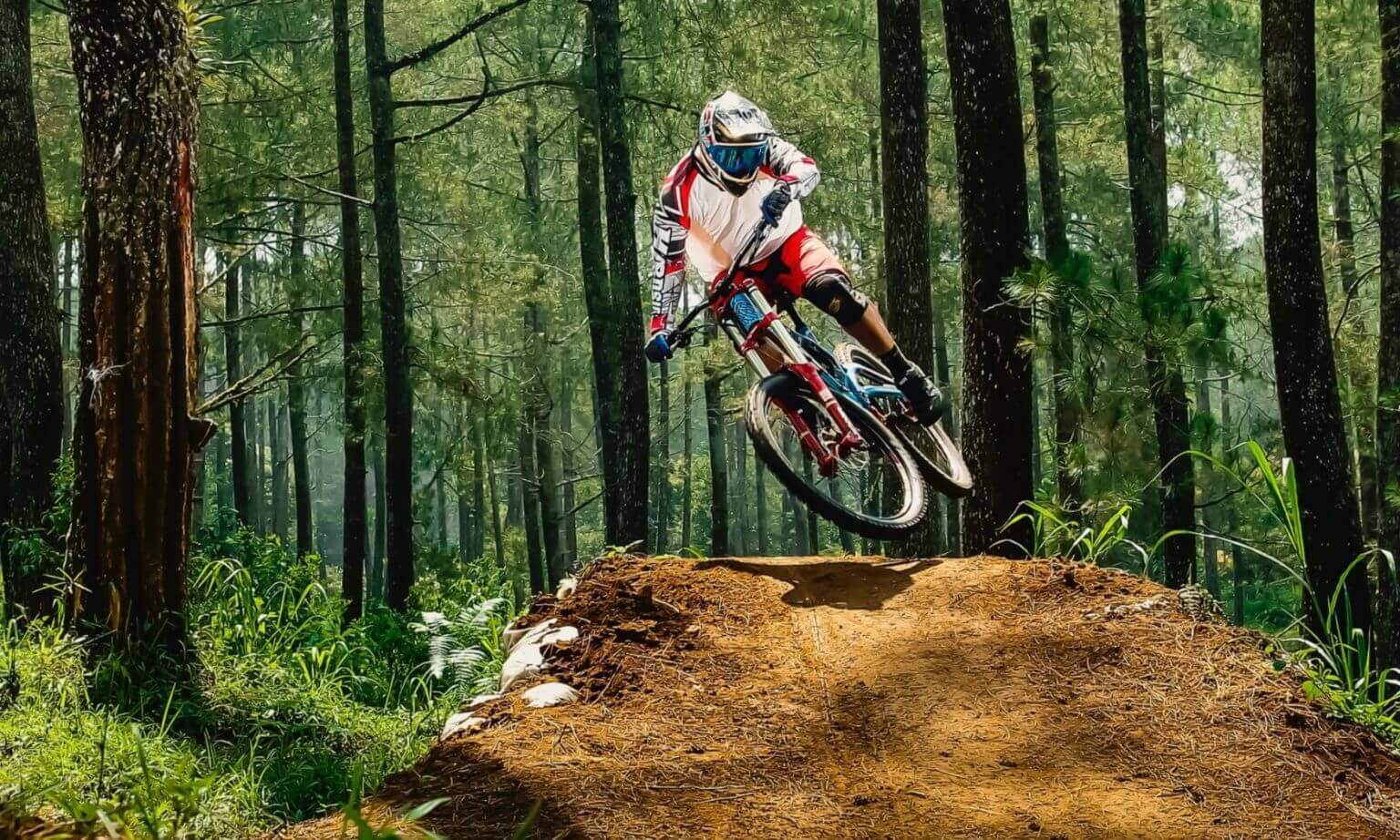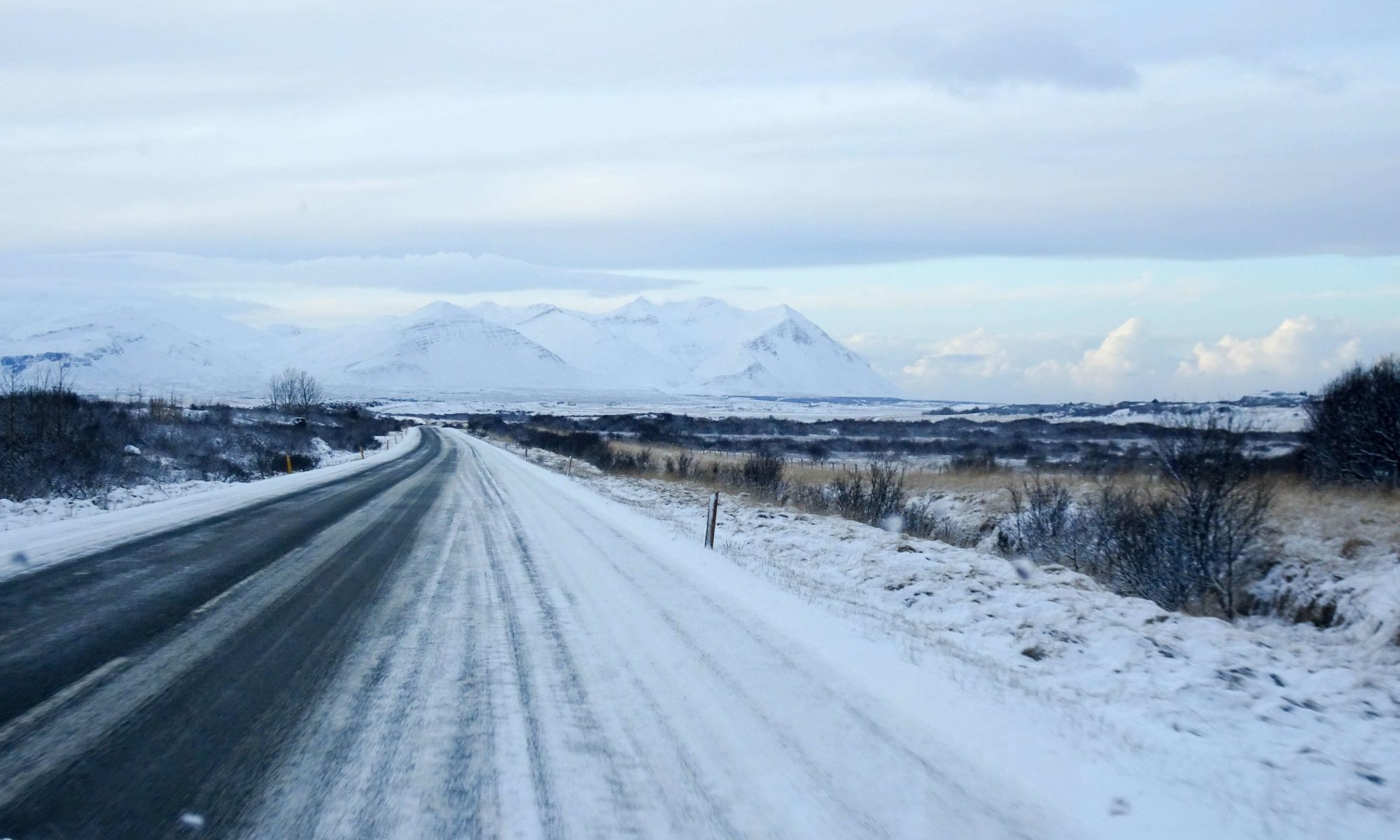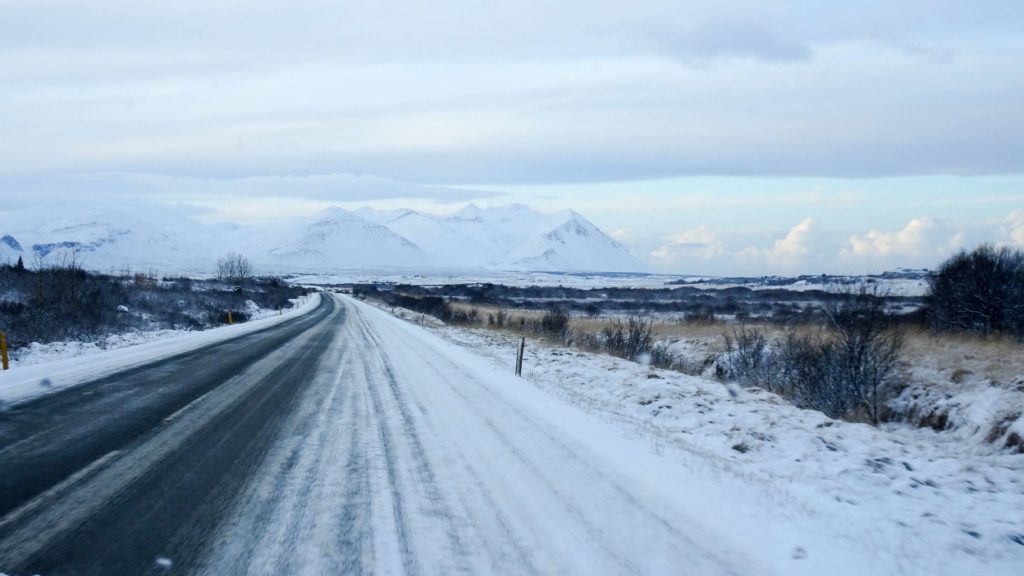Car accidents can have devastating consequences. Even if you aren’t seriously injured, being involved in a vehicle collision can cause long-term problems for your body, and in particular, your spine. This is because back injuries are some of the most common that occur as a result of being involved in an accident of this type. Most back injuries happen because of the extreme stress that is placed on the spine during the impact. This can cause the bones of the spine (vertebrae) to come out of alignment, the gel-filled discs between the spinal bones to rupture and there may even be damage to the spinal cord itself. All of these can lead to a range of issues from back pain and mobility problems to loss of function in certain parts of your body. Fortunately, most car accident injuries can be carefully treated, through Chiropractic care, massage therapy, Acupuncture and Physical Therapy.
Car accidents can occur at any time, but they are often more common in the winter when weather conditions can make driving more dangerous than usual. Icy roads and poor visibility are two of the biggest hazards of driving in the winter months. To help minimize your risk of being involved in a debilitating car accident, Here are some of the top tips for driving in winter.
Prepare Your Vehicle

It is always recommended to have your vehicle properly serviced before the winter begins. You should also do your own checks to make sure that your vehicle is roadworthy since elements can stop working at any time. Things that you should particularly pay attention to include:
– Checking that your lights are clean and working.
– Make sure that your battery is fully charged. Cold weather is harder on low batteries.
– Keep windscreen, windows and wiper blades clean for the best visibility.
– Keep your washer bottle topped up with washer fluid, you never know when you might need to clear the windshield.
– Pay close attention to your tire condition, tread depth and pressure, since your tires are what is primarily responsible for keeping your vehicle connected to the road.
– Make sure the brakes are working well.
– Have the antifreeze tested as this will be what prevents your engine from seizing in freezing temperatures.
Driving In Snow/Ice
If you find yourself driving in snowy or icy conditions, you will need to adapt your driving style to allow for the change in the weather. This includes taking the following steps:
– Reducing your speed. The faster you are travelling, the more likely you are to skid, and icy/snowy and even wet conditions will increase your stopping distance considerably. Keep your speed down to reduce your risk of being involved in an accident.
– Reduce your speed smoothly and allow extra space and time for stopping.
– Avoid harsh braking and acceleration, and don’t steer sharply as this increases your risk of losing control of the vehicle.
– If you need to brake, try and do so using the engine rather than the brakes themselves. Lift your foot off the gas and drop your speed so that you can select a lower gear, if possible.
– Leave a large gap between you and the vehicle in front of you – you could need up to 10x the usual distance to safely stop your car.
– Clear any snow off of the roof of your car before your drive. If you brake, the snow could fall and cover your windshield, preventing you from seeing.
– Remember that visibility will be poor so use low beams and or fog lights.
Driving In Rain

Driving in rain isn’t as difficult as driving in snow or ice. However, you will still need to allow yourself extra time and space to slow down and stop. Around twice the normal braking distance is usually sufficient. You will also need to plan any manoeuvres in plenty of time. Other important tips include:
– Avoiding deep water/areas of flooding.
– If you have to drive through water, drive slowly.
– Test your brakes when you come through the flood.
Other Driving Conditions
Other potentially difficult driving conditions include low sunshine, high winds and fog. It is essential that you exercise caution at these times too. Use your headlights and fog lights in inclement conditions and don’t tailgate the cars in front of you so that you can see the road better since you will be too close. Keep your music down so that you can rely on your other senses to detect traffic and other problems.
If you do suffer an accident as a result of a car collision, It is important to be checked out by a expert in auto accidents and rehabilitation. Contact us today to start you road to recovery with our expert team and partners.
We are your Chiropractor near you in Millcreek, Murray, and Midvale Utah.




